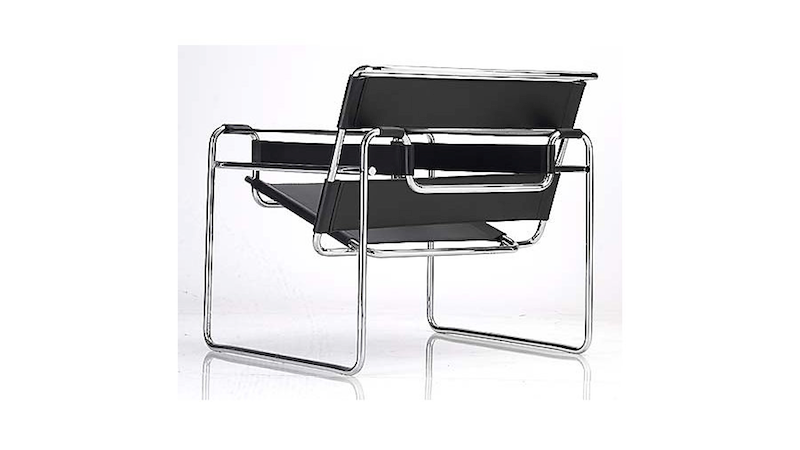What is scale and why is it important for miniatures? It seams like an obvious question, but with miniature gaming it is important to know the scale of what you are creating, how to best manipulate scale to your advantage and to know how much space the gaming table will take up.
With miniature gaming there are two numbers to consider, the scale and the figure height. The scale is the ratio the object is shrunk and the figure height is the approximate height of a 173 cm male (5′ 8” in the imperial system). Some of the common scales are 5 mm (1:300) or 6 mm (1:285) used for micro-armour games such as Battletech and Epic. Along with the 25 mm & 28 mm using in RPGS, like D&D or Pathfinder, and Wargames, like Warhammer40K, Warmachine, or Infinity.
However, this is where things can get complex. GW in their aim to make their minis more impressive made the 25 mm Heroic scale, which is slightly larger that 25 mm and then did the same with the 28 mm Heroic, has lead to some variations in scale. This has been common among miniature companies Even Wikipedia does not agree with it’s self with with 28 mm being 1:56 and 1:64.
There are two useful number to have when designing miniatures or terrain. The first is the figure height, which can be found by dividing the height of a average person (1730 mm) by the scale. And the second, is the scaled foot, which is found by dividing a foot (304.8 mm) by the scale.
Rescaling
It’s all about scale includes these two scale conversion charts (below), and covers why scale is important. In the end the only question should be does it look right and for 28mm anything between 1:56 up to 1:72 should be ok.
Converting between common miniature scales.
A simpler conversion chart with train and miniature scales.
Designing to scale
Since we are designing miniatures and models for gaming. We need to look at Anthropometric, or the measurement of humans. There is a wealth of information in this field, although most of it is only useful in defining the common sizes of people or our miniatures. It’s the application of this idea, Ergonomics, that becomes very useful because it forms the foundations used in the design of products (industrial design), clothing design, houses (architecture), among any others design fields. So in a nut shell everything we use is designed for the human scale and changing scales by guess work can lead to time wasted on a modelling project.
it is also worth looking at the designs of the experts, such as Bauhaus, a German school of design founded in the 1920s that has influenced the modern world. The most well known item to come out of the school is the Bauhaus chair.

Scaling Vehicles
The next step up from everyday objects tend to be vehicle, and Antenociti’s Workshop covers the subject in such excellent design in If I base my figures how big should my vehicles be, that why would I try to do it here.
Also I’d be considering the rescaling tables above to hunt out die-cast kits for cars, and even scale model trains for terrain and buildings.
Scaling Building
Finally there are building, which are usually designed around people and sometimes vehicles. When working on architecture the placement of Windows & Door, and how big should they be.
And finally, if you add a base to your miniature is changes the look of everything.